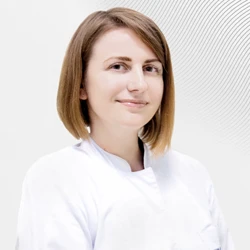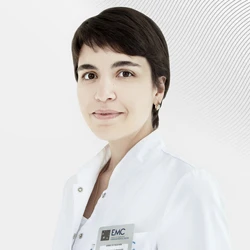Tubal infertility
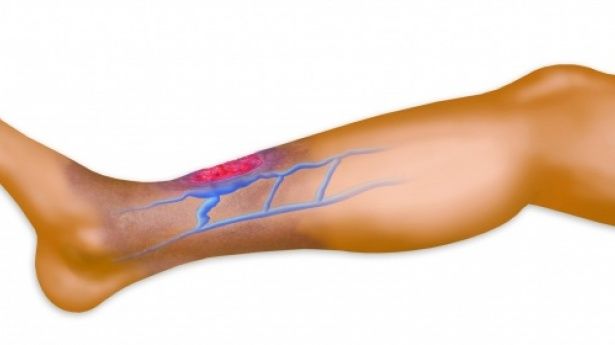 Venous thrombosis is a condition in which blood clots (blood clots) form in the veins. There is a distinction between superficial and deep vein thrombosis. Thrombosis of superficial veins is always accompanied by inflammation of the vascular wall. In this case, the correct name for this condition is thrombophlebitis. Deep vein thrombosis or phlebothrombosis may not be accompanied by phlebitis, although it carries a significantly greater risk to the patient's life.
Venous thrombosis is a condition in which blood clots (blood clots) form in the veins. There is a distinction between superficial and deep vein thrombosis. Thrombosis of superficial veins is always accompanied by inflammation of the vascular wall. In this case, the correct name for this condition is thrombophlebitis. Deep vein thrombosis or phlebothrombosis may not be accompanied by phlebitis, although it carries a significantly greater risk to the patient's life.
Blood clots can form in any vein, but the most common localization is the veins of the legs and pelvis. Deep vein thrombosis is always a life-threatening condition, as it can cause serious complications such as migration of blood clots with blood flow and embolization (blockage) of vessels of vital organs (lungs, intestines, kidneys). Most often, embolization occurs in the pulmonary artery system, which can lead to the development of cardiac (right ventricular) failure and even death. Therefore, prevention is an important element of maintaining health.
Symptoms
Symptoms of deep vein thrombosis depend on the severity and location of the thrombosis. Most often, patients note:
-
Edema
-
Pain
-
Discoloration of the skin (cyanosis, redness).
With thrombosis of the inferior vena cava, symmetrical edema of both extremities develops, a feeling of heaviness in the legs appears, and movement causes discomfort. In the case of a blockage of the iliac vein or the proximal segment of the femoral vein, unilateral edema develops with cyanosis of the skin, accompanied by pain in the leg. With thrombosis of the popliteal segment and the veins of the shin, these symptoms develop in the shin and foot area. It should be remembered that in people predisposed to thrombosis, the symptoms of the disease are often erased or may be practically absent.
Vein thrombosis of the upper extremities and neck is much less common. The development of thrombosis of this localization should always force a thorough diagnostic search and exclude diseases of the mammary glands, thoracic organs and mediastinum.
Risk factors
Venous thrombosis develops when the following factors are combined: increased blood clotting activity, decreased blood flow through the veins, and/or damage to the venous wall.
The following risk factors can be identified:
-
History of venous thrombosis
-
Age > 70 years
-
Central vein catheterization
-
Surgical procedures (especially in orthopedics or with prolonged anesthesia and immobilization)
-
Injury (especially fractures of the lower extremities)
-
Immobilization (long car ride, air travel, plaster cast, hospitalization, long bed rest)
-
Obesity (body mass index > 30 kg/m2)
-
Pregnancy and the postpartum period
-
Hormone replacement therapy in gynecology, taking oral contraceptives containing estrogen.
In addition, the risk of complications increases significantly with diseases such as:
-
Cancer and its treatment (hormonal treatment, chemotherapy, radiotherapy)
-
Thrombophilia (deficiency of proteins C and S, antithrombin III, mutations in the prothrombin gene, carriage of factor V-Leiden mutations, etc.)
-
Antiphospholipid syndrome
-
Hyperhomocysteinemia
-
Heart failure
-
Myeloproliferative diseases (polycythemia, thrombocytosis)
-
Kidney diseases accompanied by nephrotic syndrome
-
Inflammatory bowel diseases
-
Autoimmune pathology
Unfortunately, in a number of patients, the disease develops in the absence of provoking factors. Such "unprovoked" thrombosis is a special group of conditions that require careful monitoring and prolonged anticoagulant therapy. If you have several risk factors, consult with a specialist about the methods of prevention of this disease.
Diagnosis of thrombosis
If venous thrombosis is suspected, laboratory and instrumental (imaging) research methods are used. Diagnosis using laboratory methods (D-dimer determination) may have advantages in the case of a questionable diagnosis of venous thrombosis. This test has extremely low specificity (<30%) with high sensitivity of the method (93-95%). This means that a negative blood test result for D-dimer practically eliminates the problem, while a positive one does not indicate the fact of pathology. It is advisable to conduct this test in case of an unobvious diagnosis, as it avoids a large number of imaging studies. In this regard, the D-dimer test is indicated as a first-line diagnosis.
If there is a high probability of venous thrombosis, instrumental diagnostic methods should be chosen immediately:
Ultrasound duplex scanning of veins is the "gold standard" in determining the disease, as it allows you to quickly, informatively and non-invasively obtain information about the state of venous blood flow. The limitation of this study is the possibility of adequate visualization exclusively of the veins of the extremities and neck. In case of suspected thrombosis of the veins of the pelvis, abdominal cavity, chest, multispiral computed tomography is recommended. Modern computed tomographs make it possible to obtain high-quality images of the vascular bed, visualize the vessel wall and thrombotic masses. In addition, computed tomography is the "gold standard" for the diagnosis of a dangerous complication – pulmonary embolism. MRI angiography is mainly used to assess the condition of intracranial veins and sinuses or if inflammation of the tissues surrounding a thrombosed vein is suspected.
Treatment
If a vein thrombosis is suspected, consult a doctor as soon as possible. Untimely medical care can lead to dangerous embolic complications and significantly worsen the patient's quality of life. During an ultrasound examination, the doctor evaluates the ability of a blood clot to dislodge and embolize. In case of detection of mobile blood clots, strict bed rest is prescribed and the indications for implantation of a cava filter are clarified. In case of a high risk of thrombus detachment, with pulmonary embolism, and planned surgical interventions, implantation of a temporary cava filter is recommended. During the implantation procedure, a catheter with a cava filter is inserted through the femoral vein. When the conductor reaches the desired level, the filter is opened and the catheter is removed. The operation is performed under local anesthesia and is not burdensome for the patient. In the postoperative period, X-ray monitoring of the position of the cava filter is performed.
Drug therapy It involves the use of blood-thinning drugs (anticoagulants). Both tablet and injectable forms of drugs can be used. The choice of treatment tactics is carried out by the doctor based on data on the size and flotation of the thrombus, concomitant diseases, and patient preferences. The duration of anticoagulant therapy, as a rule, cannot be less than 3 months. In some cases, anticoagulant therapy is carried out for many months or even years (for thrombophilia, recurrent pulmonary embolism, etc.).
We must not forget about the non-drug treatment of deep vein thrombosis of the lower extremities, including the use of compression knitwear. Compression stockings improve venous blood flow and reduce the risk of disease progression and the likelihood of thromboembolism.
Prevention
As personal preventive measures, we can suggest the following:
-
Daily physical activity (running, cycling, swimming, walking)
-
Wearing comfortable shoes, orthopedic insoles
-
Avoid prolonged static loads (standing, carrying heavy loads)
-
Avoid prolonged immobilization (stops during car travel, special exercises during long-term air travel)
-
Wearing compression knitwear (for varicose veins, air travel)
-
Sufficient fluid intake
-
Avoid overheating (sauna) and dehydration
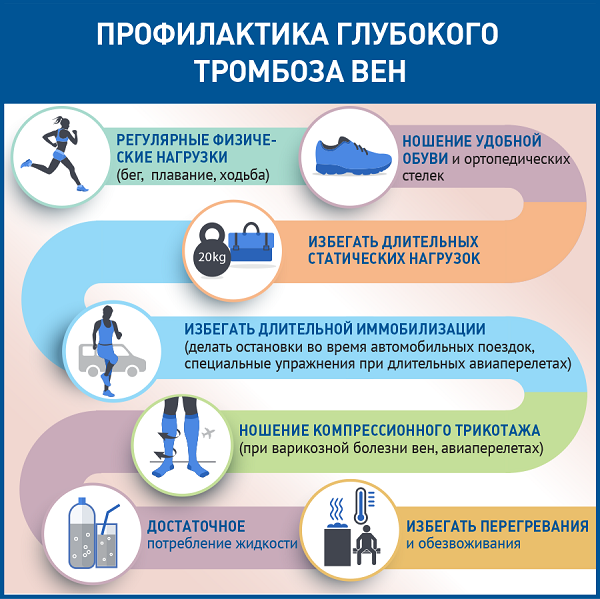
With multiple risk factors, non-drug preventive measures are often insufficient. In these clinical cases, drug prophylaxis is used with regular medical assessment of indications for anticoagulant therapy and the risk of possible complications.
The EMC Heart and Vascular Clinic, located at 35 Shchepkina St., Moscow, is one of the few specialized centers for the comprehensive diagnosis and treatment of deep vein thrombosis and the life-threatening complication of pulmonary embolism.
Why the EMC
The first and only clinic in Russia, created in the image of the world's leading clinics
EMC is a multidisciplinary center offering patients a high level of medical services and a personalized approach
Worldwide recognition and awards
 Learn more
Learn more
Worldwide recognition and awards
 Certificates and licenses
Certificates and licenses
Make an appointment for a consultation
Specify your contacts and we will contact you to clarify the details
Reviews
and new products of the EMC
.webp)



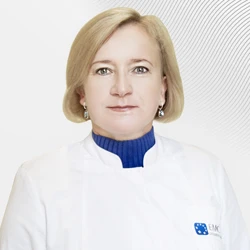
.webp)

.webp)



.webp)
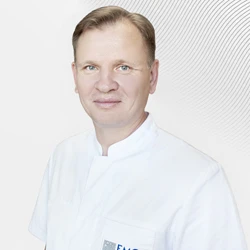

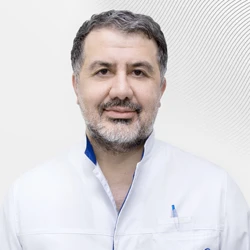

.webp)
